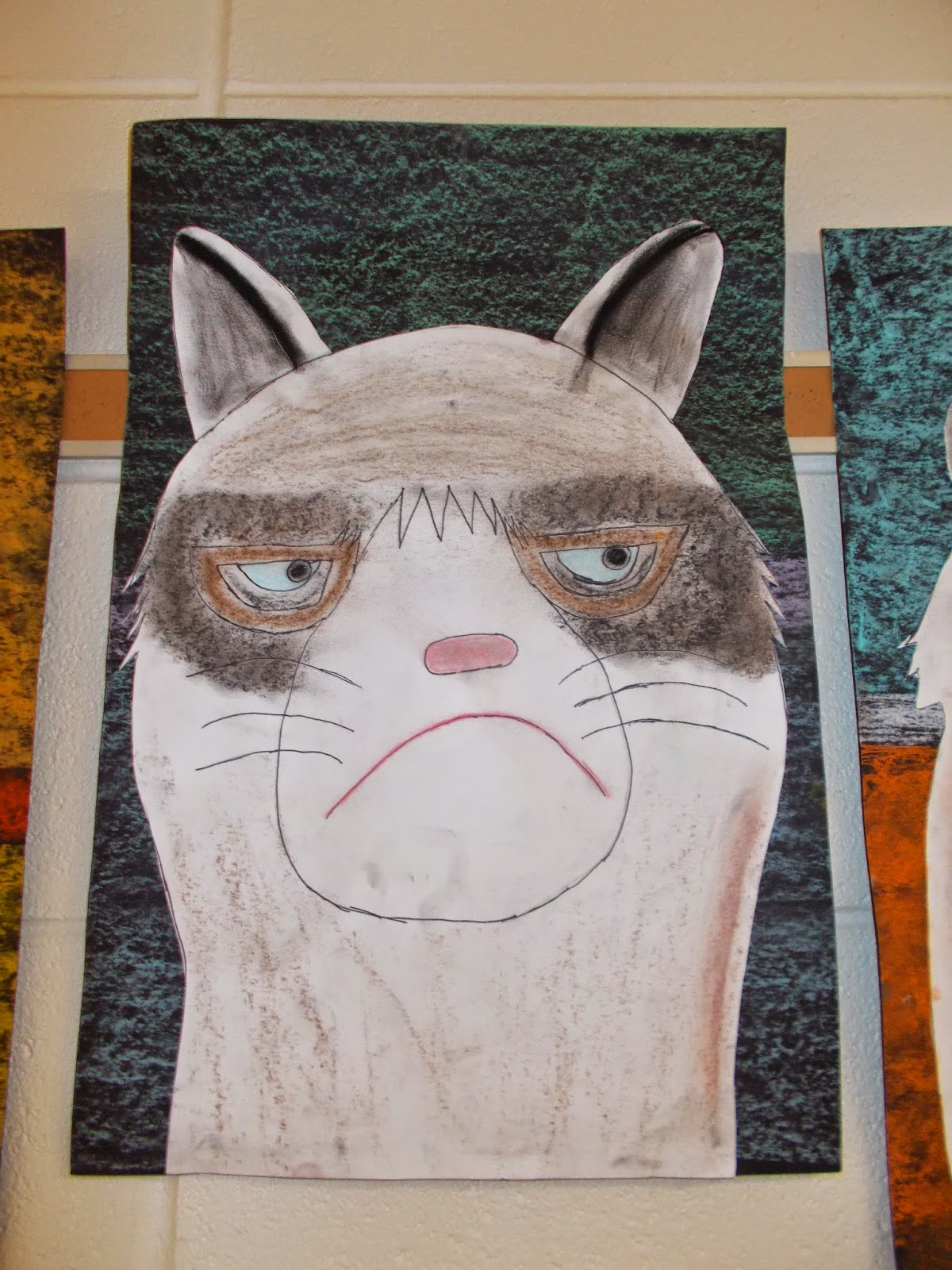Students
learned about the “Snowflake Man” Wilson Bentley. A self educated farmer, Bentley attracted world
attention with his pioneering work in the area of photomicrography, most
notably his extensive work with snow crystals (commonly known as snowflakes).
By adapting a microscope to a bellows camera, and years of trial and error, he
became the first person to photograph a single snow crystal in 1885.
This lesson focused on
radial symmetry. Each student painted one snowflake. We began by folding the
paper into eight lines. Each line became one point of the snowflake. Students then
decorated their snowflakes with shapes and lines. The only rule was that it had
to be symmetrical. After the snowflakes
were painted, students created patterns around the boarder.















































